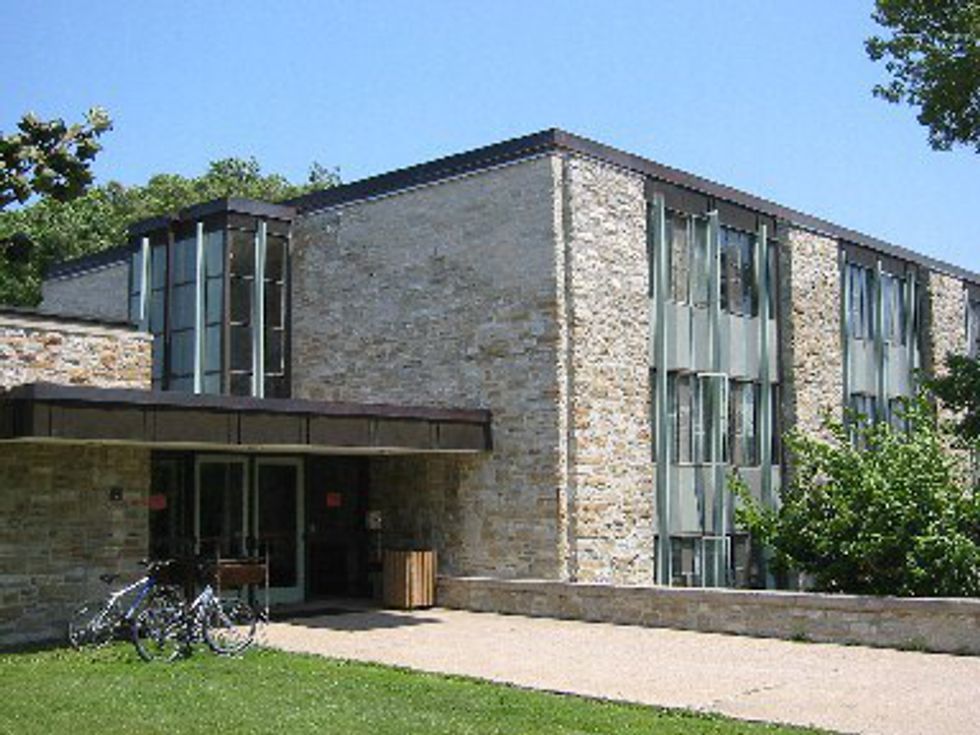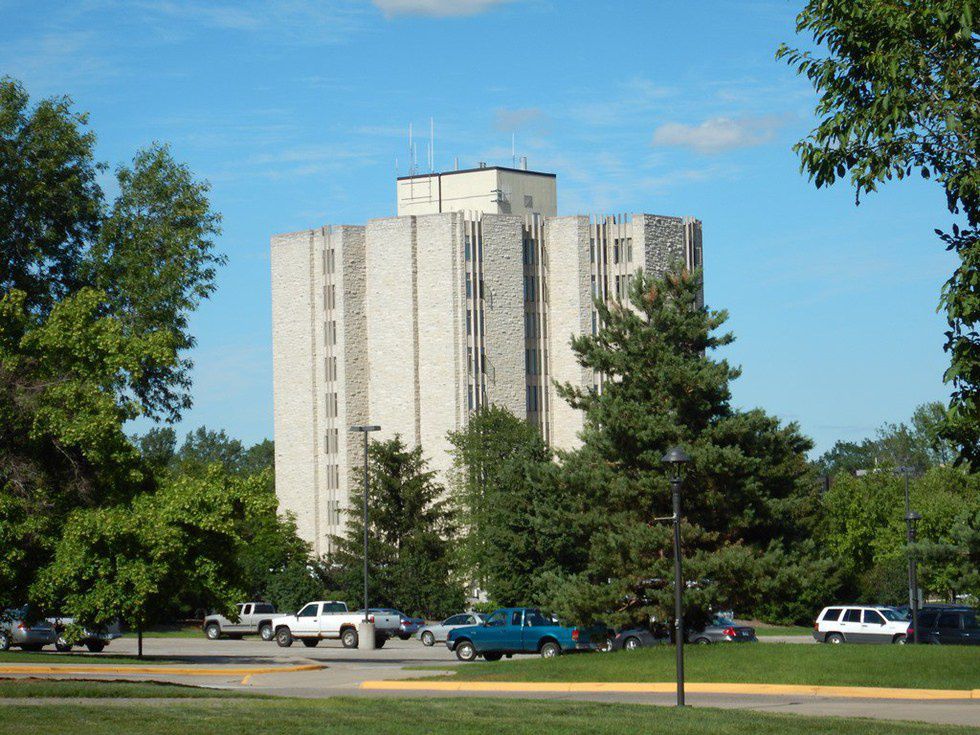One of the joys in my life is to attribute meaning to everyday objects– everything should mean something beyond its physical existence. I'm not sure if this notion has any philosophical value, but it definitely makes my life more interesting.
I have been living at St. Olaf for 14 months in Kildahl and Mohn, two great dorms with cool communities and innovated facilities. It seems to me, however, that not many people know where the name of the dorms come from.
When I did some research, I did not find much either. For example, on St. Olaf official website, Kildahl, after whom Kildahl Hall was named, was briefly described as "...the second president of the college". It's a fact, but not very interesting.
In this series Stories of Our Dorms, my task is clear: I would like to provide the historical background of the name of each residential dorm and offer a look into the personality of these characters. I hope by attributing a soul to each dorm, readers can find the dorms more lovely and life on the Hill more meaningful.
1. Kildahl
General background. Kidahl is the second president of St. Olaf College with his time in office from 1899 to 1914. Similar to Mohn– the first President of St. Olaf, he was a churchman, an ordained pastor, and also the church's man, chosen by the United Norwegian Lutheran Church to lead St. Olaf College when it first affiliated with the Church.
Highly respected by students. Long-time Dean of Women Gertrude M. Hilleboe recounts a class reunion that she attended as follow:
"At alumni meetings during commencement it has for many years been customary to have representatives from the 50th and 25th-anniversary classes give a short talk. On one such occasion, the 25th-anniversary speaker said, "When we were students we didn't have such buildings as the Gymnasium, Holland, the Music Hall, Agnes Melby"... and went on to enumerate all the stone buildings erected since his time.
Someone from the audience called out, "What did you have?". His answer has become classic, "We had Kildahl". It brought sharply into focus the fact that it is not mortar and stone that constitute a college, but the men and women who teach and those who learn."
It should be noted that back then Kildahl Hall was not constructed yet. That is to say, "We had Kildahl" is solely the matter of respect and gratitude paid by the students to President Kildahl.
Active classroom teacher. In spring 1900, Kildahl taught religion for twelve hours and junior Norwegian for four hours a week, in total sixteen hours per week. This is considered a lighter load that he was given compared with other faculties such as Felland (22 hours/ week), Ytterboe (20), Fossum (20), Lee (22), Agnes Melby (25) and George Berg (25).
An eye for faculty. Kildahl was said to have "an almost uncanny ability" to select faculties who ended up contributing high ability and lifetime service to the College, among which are Paul M. Glasoe in chemistry (joined in 1901), Paul G.Schmidt, mathematics (1902), and F.Melius Christiansen, director of music, and Erik Hetle, physics (both in 1903).
2. Mohn
General background. Th. M. Mohn was St. Olaf's first president. He was also pastor of St. John's Lutheran Church.
Weirdly inquisitive. Except for Mohn and Ytterboe, faculty members back then were hired on a one-year period. It was Mohn's job to evaluate and to decide whether to re-hire any faculty member or to recruit new people. It is an unspoken rule that teachers should have beliefs and personal conduct that fit in the religious and moral theme of the college.
A letter from Mohn to Sihler, a potential faculty of Latin and Greek, was recorded as Mohn asked some questions that would not be considered appropriate that "a later time would find inappropriate and that were not fully welcomed even then." Namely, he asked Sihler "Are you a total abstainer from intoxicants? Do you use tobacco in any form? Are you interested in politics? If so, what political party do you belong to?"
A bit hot-headed but kind in general. According to the diaries of Carl K. Solberg, a competent student and president of his class of 1896, Mohn usually threatened punishment but rarely carried it out.
Once some juniors were scuffling about in the senior room and making a "terrible noise" when Mohn came and drove each of them out. "Get out of here, every one of you," he said, and lectured the seniors afterward. "He was as angry as I have ever seen him," observed Solberg.
Anyway, Mohn showed his effort in correcting students' bad habit such as missing study hours, spitting tobacco on the floor, skipping classes and lying about absences. "Your contracts with me in regard to these things are sacred," said Mohn, "Be men and women. Be honest."
Formore information, check out these interesting historic documents on the faculty of St. Olaf College:
Hilleboe, Gertrude M. Manitou Analecta. St. Olaf College, 1968.
St. Olaf College Faculty Minutes, March 9, 1900, St. Olaf College Archives.
Gertrude M. Hilleboe. Each for His Day. Unpublished article, n.d.3, St. Olaf College Archives.
Shaw, Joseph M. Th. M. Mohn First President of St. Olaf College. St. Olaf College, 2006.
TNM to Wm Sihler, 29 May 1890, Mohn Letterbooks IV, 117, St. Olaf College Archives.
C.K. Solberg, "Diary for 1895", January 15, October 30, November 13, 1895. C.K. Solberg Papers NAHA 590. Archives of Norwegian - American Historical Association.








 StableDiffusion
StableDiffusion StableDiffusion
StableDiffusion StableDiffusion
StableDiffusion Photo by
Photo by  Photo by
Photo by  Photo by
Photo by 
 Photo by
Photo by  Photo by
Photo by  Photo by
Photo by  Photo by
Photo by  Photo by
Photo by 











